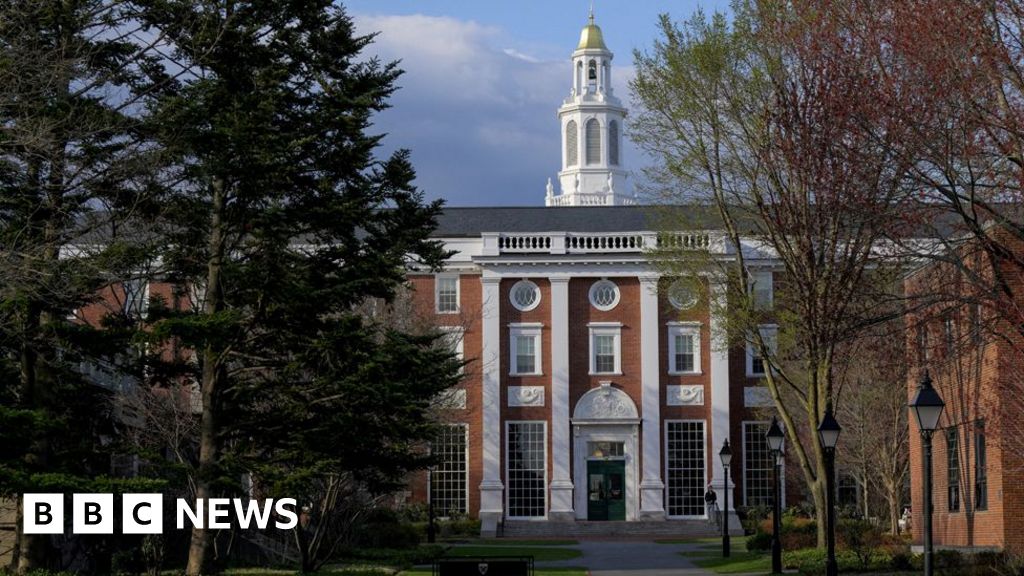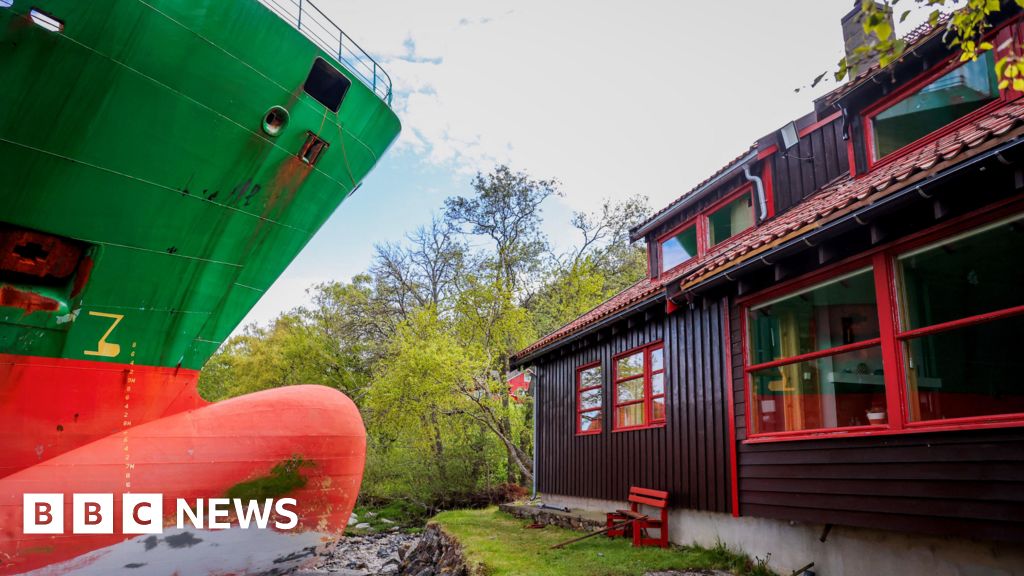Researchers at Umeå University have discovered that the SARS-CoV-2 variant omicron has developed a stronger binding to human lung cells through optimized interaction with heparan sulfate, a sugar molecule on the cell surface. This discovery is significant for understanding the spread of the virus and the course of the disease.
“This interaction gives the virus a new attachment point to the cell and may affect the virus’s infection, spread and disease symptoms,” says Dario Conca, lead author of the study and postdoctoral fellow at the Department of Clinical Microbiology at Umeå University.
High spread and mild symptoms
Viruses mutate when they replicate in the host, which leads to the emergence of variants that are better adapted to the human host. Like other viruses, SARS-CoV-2 changed during the COVID-19 pandemic and the omicron variant emerged at the end of 2021. Omicron infected and replicated better in cells high up in the respiratory tract, but less often in tissue further down in the lungs. This may explain why it had a very high transmission rate but caused a relatively mild disease.
In addition, viruses need to firmly bind to the host cell before infection, in a similar way as a ship needs to be anchored before the passengers can disembark. This new study shows that SARS-CoV-2 evolved to optimize its binding to the host cell before starting infection. In particular, the increase in binding is dependent on the presence of the sugar molecule heparan sulfate—which is found in abundant amounts on most cell surfaces.
New and more attachment points
Omicron shows a strong and stable interaction with heparan sulfate, which was not present in early variants.
“This indicates that omicron utilizes heparan sulfate as an extra important attachment point, which in turn provides access to new and numerous anchoring sites in the upper respiratory tract,” says Marta Bally, associate professor at the Department of Clinical Microbiology at Umeå University.
For the early variants of the virus, heparan sulfate acted more like a shield, reducing interactions at the cell surface. In this case, virus-sugar molecule bonds promoted virus mobility rather than attachment, with a possible easier spread in the lungs.
Advanced biophysical methods
In the study, published in Analytical Chemistry, the researchers studied the binding of single virus particles to cell membrane isolates, which closely resemble the cellular surface a virus faces in the body.
They used advanced biophysical methods, including high-resolution microscopy and atomic force microscopy, to address the virus behavior at the cell surface and determine the importance of single surface molecules, like heparan sulfate, in viral infection.
Viral infections are complex
The study highlights the complexity of the molecular interactions that characterize viral infections and how these interactions can affect the spread and severity of the virus.
“In this case, the ability of the virus to exploit multiple, more common targets appears to have been one of the driving forces for SARS-CoV-2 evolution during the pandemic,” says Conca.
“Although this study is only a first step in this direction, we believe that unveiling the link between molecular interactions and the resulting disease is fundamental to understanding and ultimately fighting viral infections,” says Bally.
More information:
Dario Valter Conca et al, Variant-Specific Interactions at the Plasma Membrane: Heparan Sulfate’s Impact on SARS-CoV-2 Binding Kinetics, Analytical Chemistry (2025). DOI: 10.1021/acs.analchem.4c04283
Citation:
Binding to surface sugars enhances omicron variant’s cell attachment, researchers discover (2025, April 1)
retrieved 6 April 2025
from
This document is subject to copyright. Apart from any fair dealing for the purpose of private study or research, no
part may be reproduced without the written permission. The content is provided for information purposes only.

















